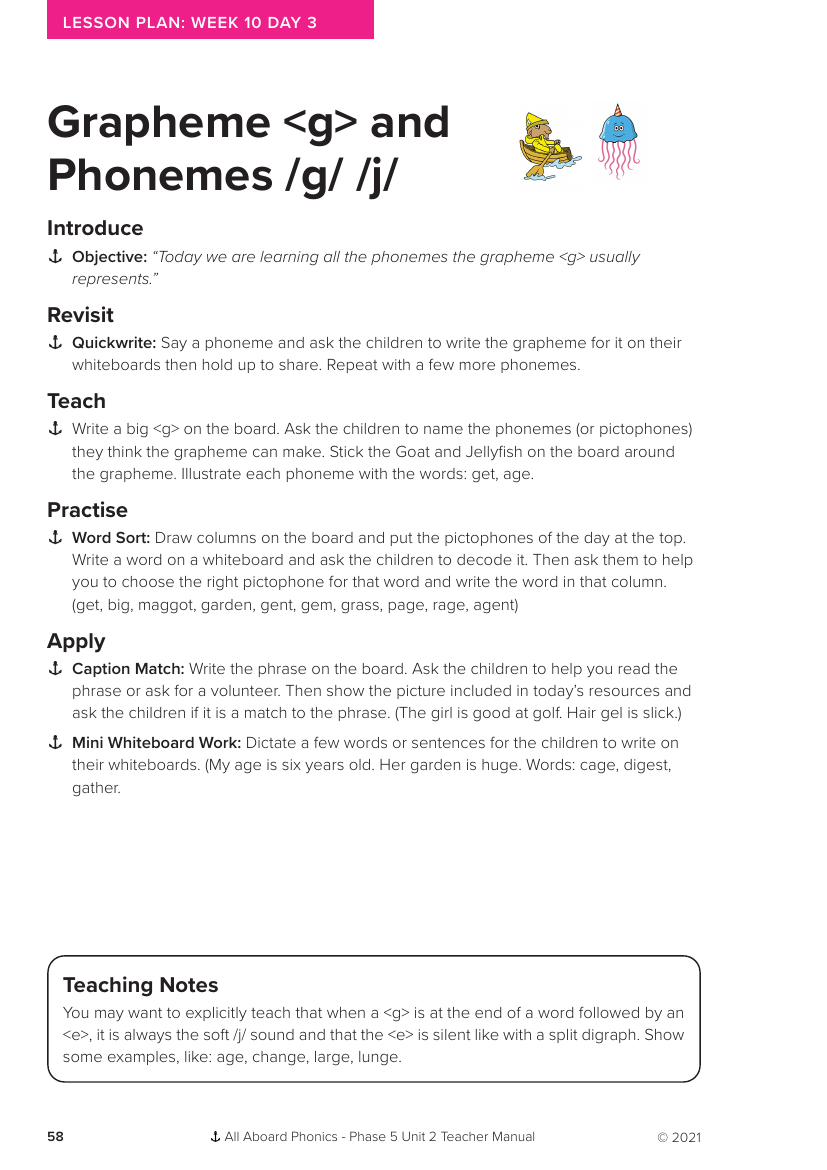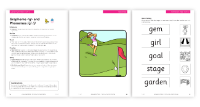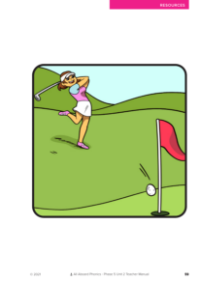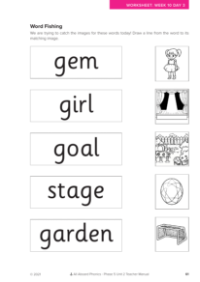English Resource Description
In the third lesson of Week 10, as part of Phonics Phase 5 Unit 2, children delve into the grapheme and its associated phonemes /g/ and /j/. The objective of the day is clear: to understand the different sounds the grapheme can represent. The lesson begins with a 'Quickwrite' activity where children are encouraged to write the grapheme for a given phoneme on their whiteboards and then display their answers.
The teaching segment involves writing a large on the board and engaging the children in identifying the phonemes it can represent, with visual aids such as the Goat and Jellyfish to symbolise the sounds. The phoneme /g/ is exemplified in words like 'get', while /j/ is demonstrated in 'age'. During the practice phase, the children participate in a 'Word Sort' activity, decoding words and categorising them based on the correct phoneme. The list of words includes 'get', 'big', 'maggot', and 'garden', among others. The application of their learning is further reinforced through a 'Caption Match' exercise and 'Mini Whiteboard Work', where children write dictated words or sentences, such as 'My age is six years old' and 'Her garden is huge', along with individual words like 'cage' and 'digest'. The teaching notes suggest an explicit explanation that when is followed by an at the end of a word, it usually makes a soft /j/ sound, with the being silent, as seen in words like 'age', 'change', and 'large'.



